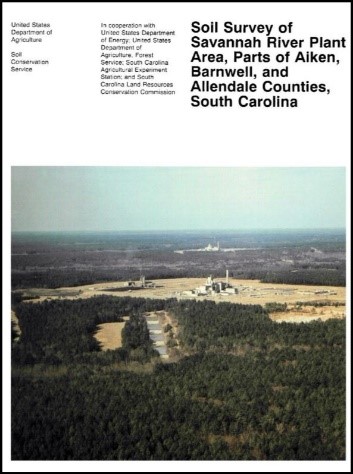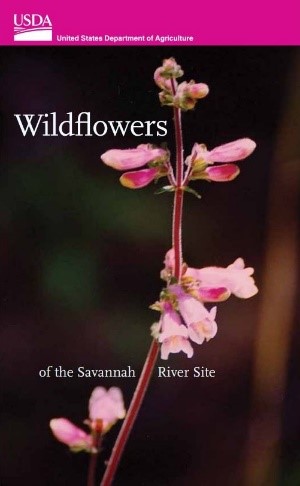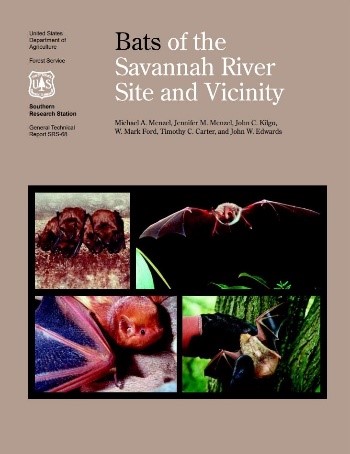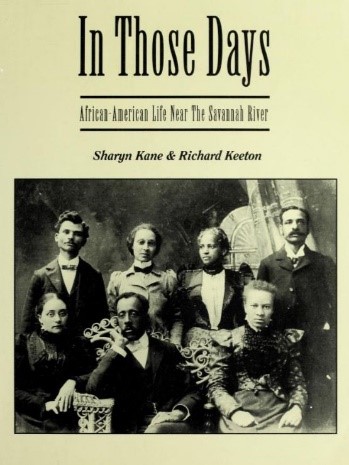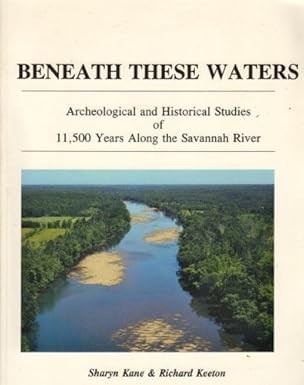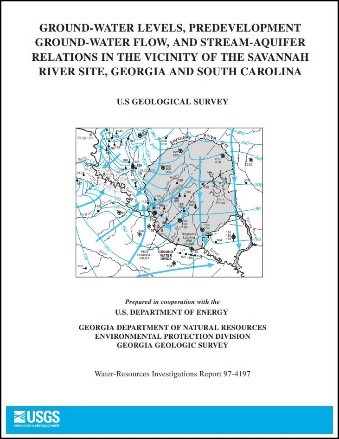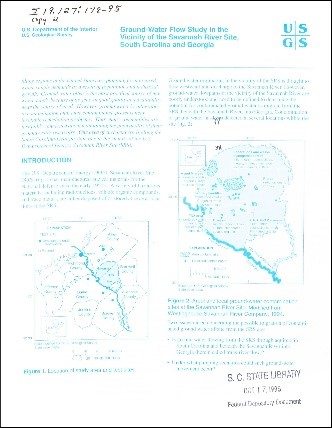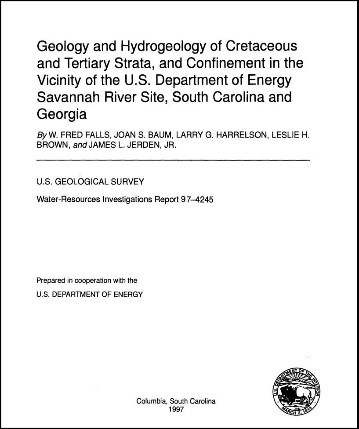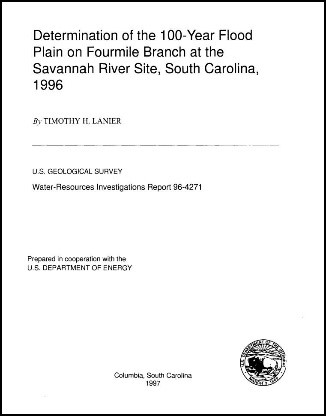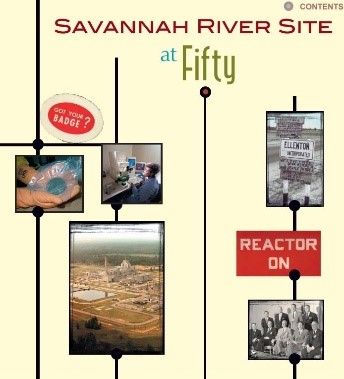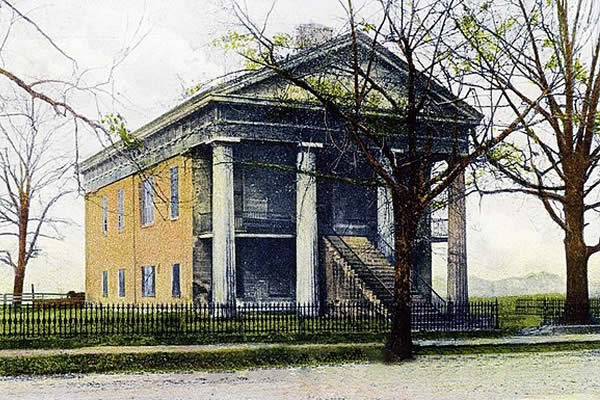This October, the South Carolina State Library highlights one of the state’s most significant and storied places, the Savannah River Site (SRS). Stretching across the South Carolina and Georgia border along the Savannah River, the area holds a layered history shaped by the land, the water, and the people who once called it home.
Federal documents capture the many dimensions of this unique location. Environmental studies chart its soils, waterways, and wildlife. Field guides introduce the plants and animals that flourish here, from wildflowers to bats. Historical and archaeological reports preserve the stories of communities that lived near the river for generations, along with accounts of the changes brought by large-scale development. Scientific research delves into the geology, hydrology, and ecological shifts that continue to shape the region.
This month’s selection of titles reflects those varied perspectives, from detailed surveys and technical studies to richly illustrated cultural histories. Together, they provide insight into the Savannah River Site’s past and present, and into the broader story of South Carolina’s land and people.
Explore the list below to learn more about the Savannah River Site through these federal publications.
